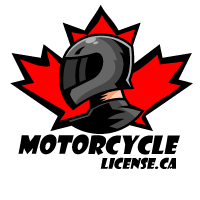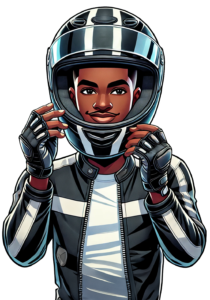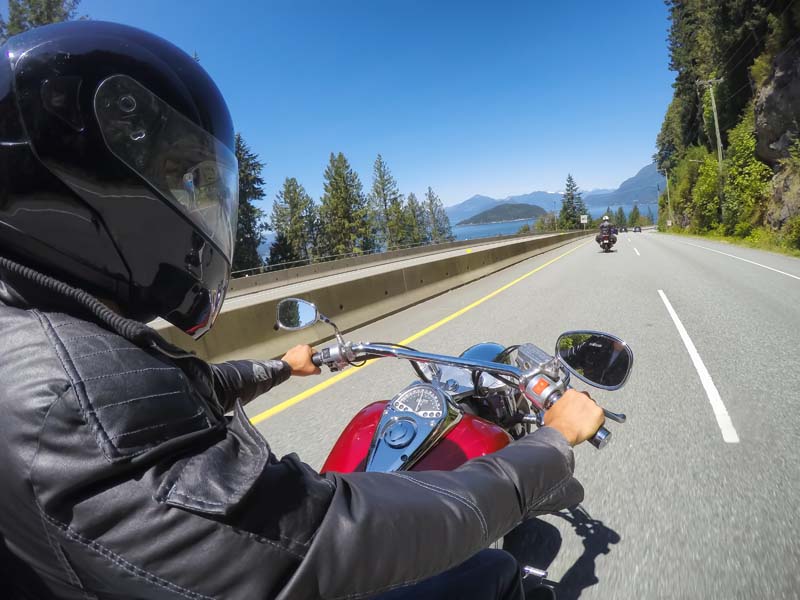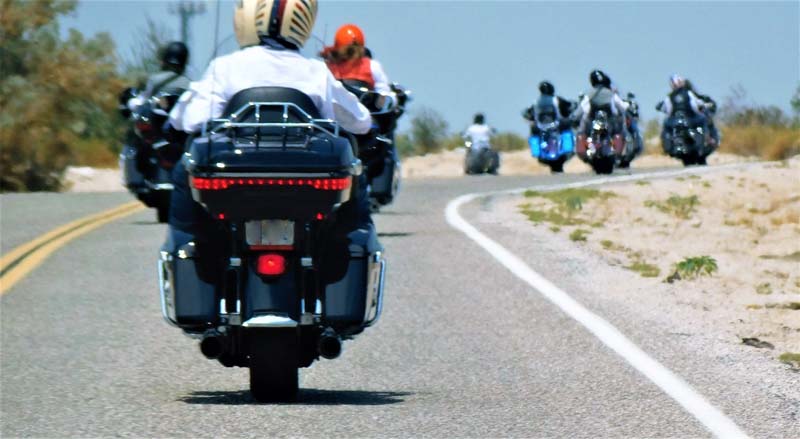There are several things you need to consider when purchasing a motorcycle helmet.
First, you need to consider the size of the helmet. The helmet must fit snugly on your head without being too tight. Second, you need to think about the type of riding.
3 of the Most Important Factors When Picking a Motorcycle Helmet
- Size of the helmet.
- Style of motorcycle riding.
- Price of the helmet.
We’re going to walk you through the different types of motorcycle helmets available and help you determine the correct shape and size to work with your head.
There is a wide variety of great helmets across all price points. While price can affect comfort, noise level, ventilation, or weight, it doesn’t necessarily impact safety. Every helmet we’ll discuss carries a Department of Transportation (DOT) sticker, which means it’s legal for street use in Canada.
You might come across other safety ratings like Snell, but we won’t cover those here as they apply to other countries. If you plan to take your motorcycle abroad, it’s recommended that you research the helmet requirements for that country. This article will focus on Canadian requirements.
First, determine the type of helmet you’re looking to buy.
There are five different types of helmets:
- Open-Face Helmets: These come in two designs. The three-quarter design adds extra protection around the sides of your head, while the half-helmet design protects only the top of your head. Open-face helmets offer excellent ventilation and are easy to wear, but they lack protection for your face and eyes. Additionally, they leave you exposed to the elements.
- Full-Face Helmets: Full-face helmets are the most common and are mandatory at racetracks. They include a chin bar and a facial shield for added protection. These helmets are quieter and offer more protection than open-face helmets but can be harder to put on and may be uncomfortable if not fitted properly. Within this category, there are modular helmets, which are popular for touring and commuting. They can be opened at the chin bar, making it easier to eat, drink, or converse without removing the helmet. However, they are typically heavier and noisier, and the chin bar could be a potential failure point in a crash.
- ADV Helmets: Adventure helmets are designed for both on and off-road riding. They offer comfort and noise reduction on the street and are safety-rated for both environments. However, they can be heavier, less ventilated than true dirt bike helmets, and the peak can cause lift at high speeds.
- Dirt Bike Helmets: These helmets are designed for off-road riding and offer great ventilation and lightweight construction. They are easy to clean and maintain but might not be DOT-rated for street use. They can also be noisy and have a peak that causes lift at high speeds.
Now that you’ve narrowed down the style of helmet you need, the most crucial consideration is determining your internal head shape. Helmets may look similar from the outside, but each has a different internal fit.
The three common head shapes are:
- Round Oval: Slightly shorter front to back with more room on the sides.
- Intermediate Oval: Longer front to back and slightly narrower at the sides.
- Long Oval: Long front to back and narrow at the temples.
To determine your head shape, have a friend take a picture of the top of your head with your hair flattened down.
Choosing the correct size helmet is the final step. The intermediate oval shape is the most popular for the American market. Once you know the style and shape you need, use a soft tape measure to measure around the crown of your head, ideally with the help of a friend. Match this measurement with the manufacturer’s size chart, as sizes can vary between brands.
Even with the correct size, helmets may fit differently. Wear the helmet around the house for a while to ensure it’s comfortable. A properly fitting helmet will be snug around the crown of your head without uncomfortable pressure points. For full-face helmets, the cheek pads should firmly press your cheeks, creating a chipmunk effect.
If, after an hour of wearing, the helmet feels comfortable, congratulations, you’ve successfully chosen your new helmet!









